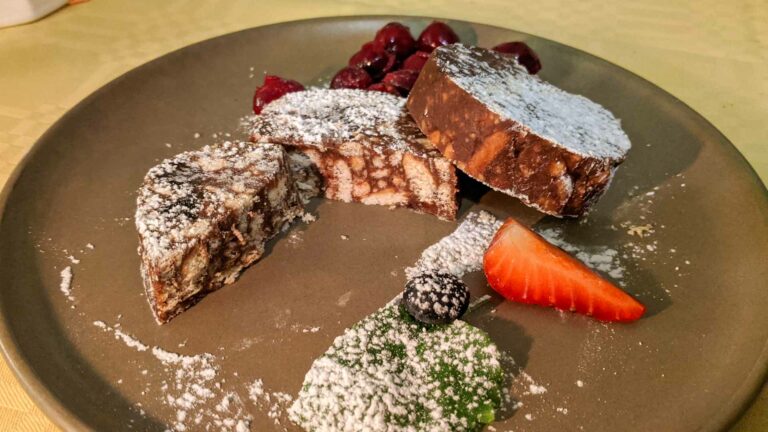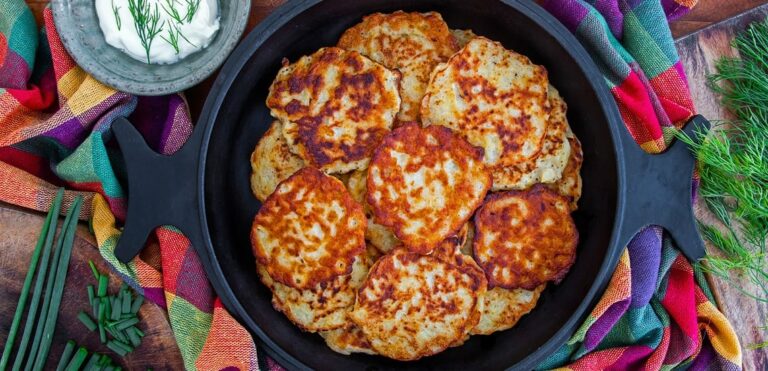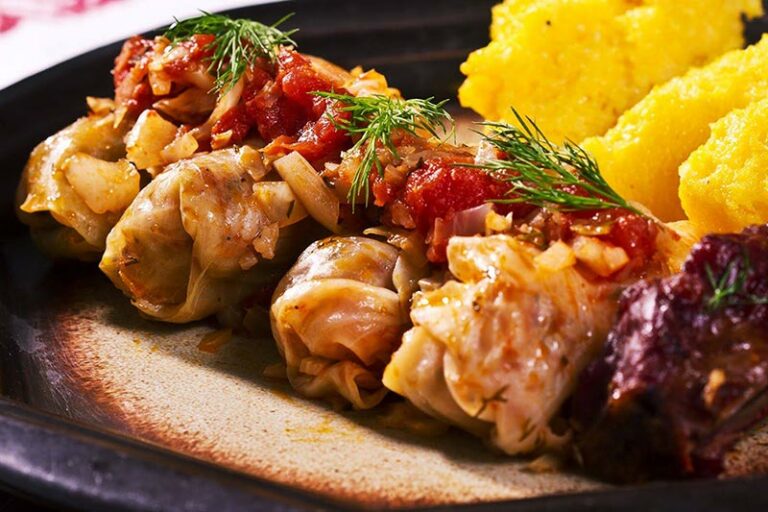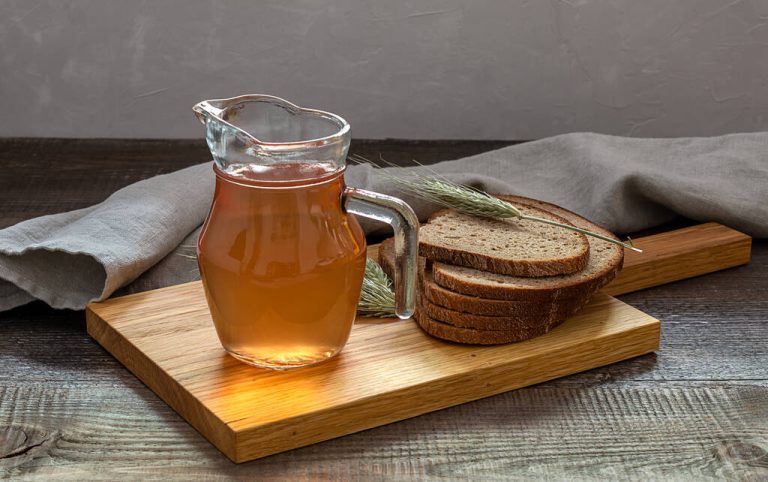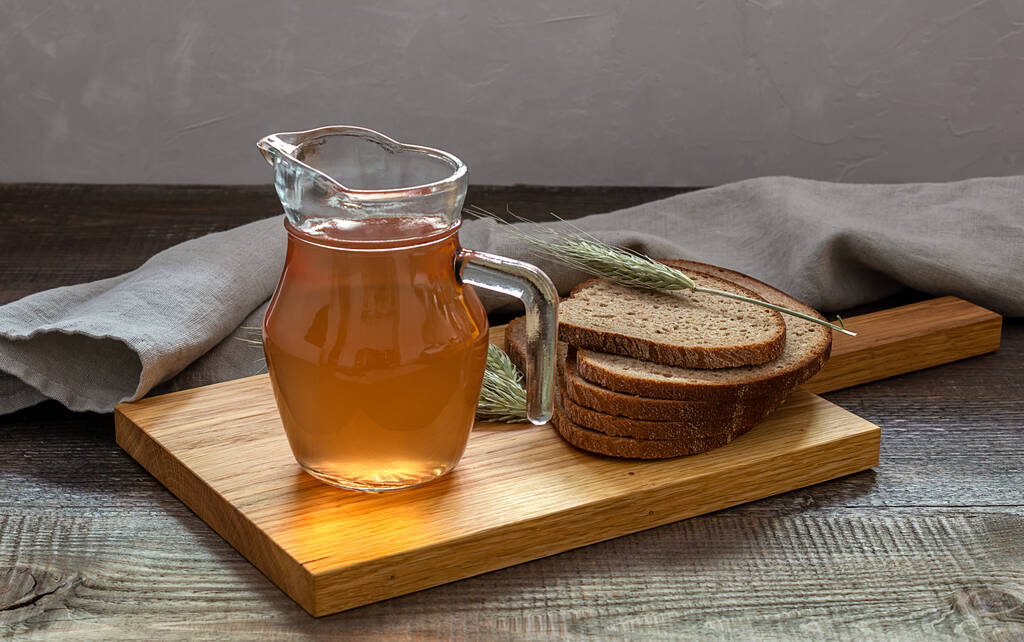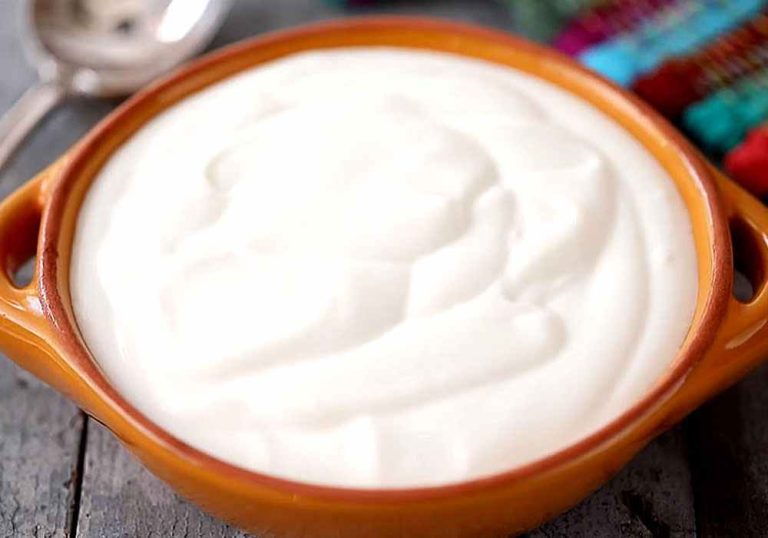Introduction: Estonian Cuisine
Estonian cuisine is heavily influenced by the country’s northern climate and the availability of local ingredients. The cuisine is known for its simplicity, with dishes that feature the natural flavors of ingredients prepared in a straightforward manner. Dairy products are a key ingredient in Estonian cuisine, and they play an important role in many traditional dishes.
Dairy Products in Estonian Cuisine
Dairy products are a fundamental part of Estonian cuisine, with curd (kohupiim) and sour cream (hapukoor) being two of the most commonly used dairy products. These ingredients are used in a variety of dishes, from sweet desserts to savory main courses. Estonian dairy products are typically made from cow’s milk, and they are known for their rich, creamy texture.
Curd (Kohupiim) in Estonian Dishes
Curd, or kohupiim, is a soft, fresh cheese that is a staple in Estonian cuisine. It is used in a variety of dishes, from sweet tarts to savory casseroles. It can be eaten on its own or as a spread on bread. One popular Estonian dish that features curd is kohupiimakook, a sweet cheese tart that is often served with fruit or berry sauce. Curd is also used in savory dishes, such as kohupiimakaste, a sauce made with curd, onions, and cream.
The Significance of Sour Cream (Hapukoor)
Sour cream, or hapukoor, is another important dairy product in Estonian cuisine. It is used as a topping for soups and stews, as well as a dressing for salads. Sour cream is also used in many traditional Estonian dishes, such as hapukapsasupp, a sour cabbage soup that is a popular winter dish. Sour cream is also an essential ingredient in kodujuustukook, a sweet cheese cake that is a favorite dessert in Estonia.
Recipes Using Curd and Sour Cream
Curd and sour cream are used in a variety of Estonian dishes. One popular recipe is kohupiimakook, a sweet cheese tart that is made with curd, eggs, and sugar. Another recipe is hapukapsasupp, a sour cabbage soup that is made with pork, potatoes, and sour cream. Kodujuustukook, a sweet cheese cake that is made with curd and sour cream, is another favorite Estonian dessert.
Traditional Estonian Dishes with Dairy
Dairy products are a key ingredient in many traditional Estonian dishes. One such dish is leivasupp, a sweet bread soup that is made with rye bread and curd. Another traditional dish is verivorstid, blood sausages that are often served with sour cream. Pannkoogid, or Estonian pancakes, are also a popular dish that is often served with jam and sour cream.
Nutritional Value of Dairy in Estonian Cuisine
Dairy products are a rich source of nutrients, and they play an important role in Estonian cuisine. Curd, for example, is high in protein and calcium, while sour cream is a good source of vitamin A and calcium. These nutrients are important for maintaining strong bones and teeth, as well as promoting overall health and wellness.
Conclusion: Dairy’s Role in Estonian Food Culture
Dairy products are an essential part of Estonian cuisine, and they play an important role in many traditional dishes. Curd and sour cream are two of the most commonly used dairy products, and they are used in a variety of sweet and savory dishes. Dairy products are also a rich source of nutrients, and they are important for maintaining good health and well-being. Overall, dairy products are an integral part of Estonian food culture, and they continue to be a key ingredient in many delicious and nutritious dishes.

